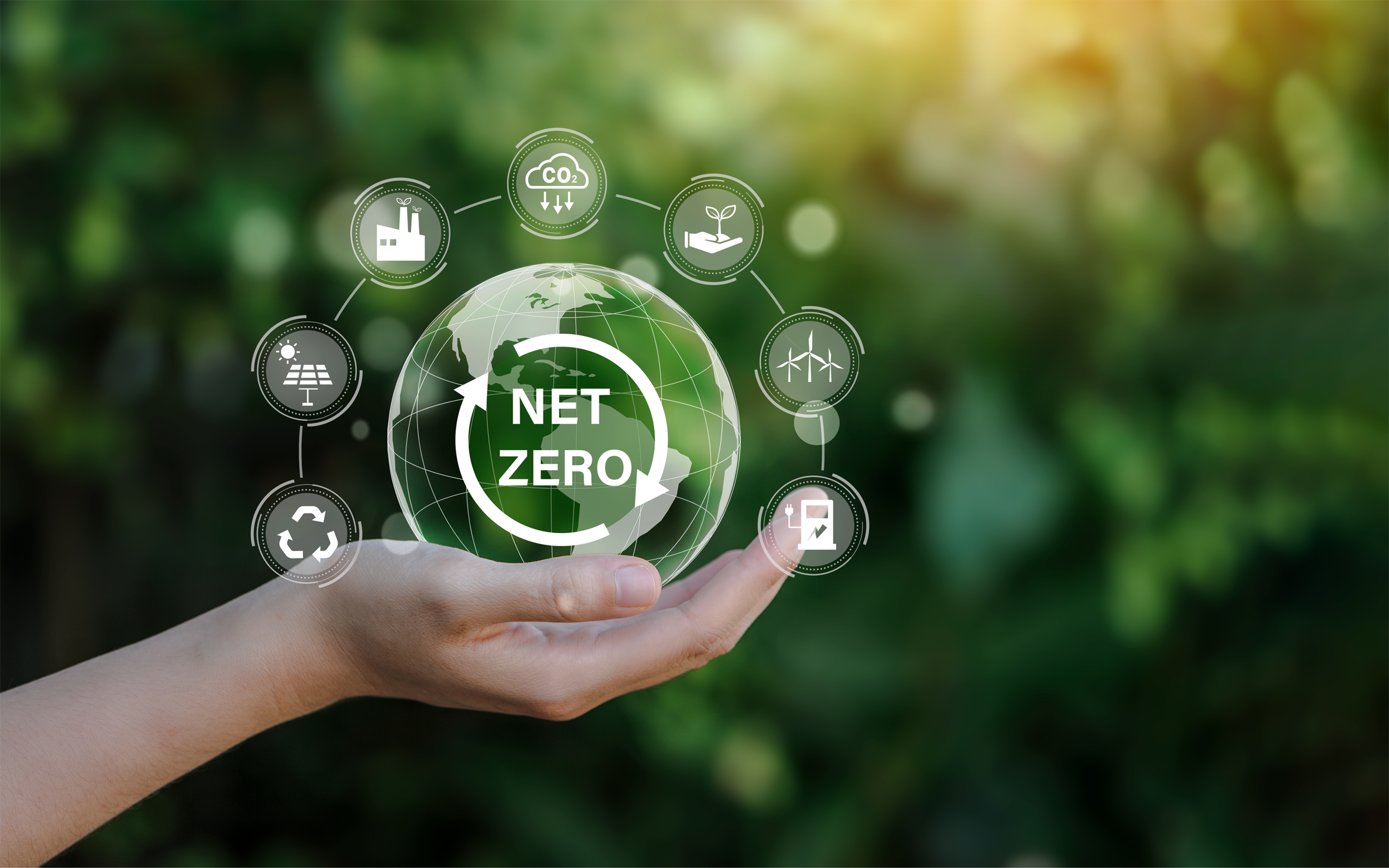
Baseline emissions are a record of the greenhouse gases that have been produced in the past and were produced prior to the introduction of any strategies to reduce emissions. Baseline emissions are the reference point against which emissions reduction can be measured.

OneID® is a B Corp and we initially calculated our CO2 emissions in July 2021.
| Emissions |
TOTAL (tCO2e) |
| Scope 1 | 0 |
| Scope 2 | 0 |
| Scope 3 |
32 employees remote working for 220 days @ 2.67 KgCO2e/day: 18,797 Kg of CO2 (18.8 tCO2e) |
| Total Emissions | 18,797 Kg of CO2 (18.8 tCO2e) |
(https://circularecology.com/news/the-carbon-emissions-of-homeworking-and-office-working)
Reporting Year: 2023
| Emissions |
TOTAL (tCO2e) |
| Scope 1 | 0 |
| Scope 2 | 0 |
| Scope 3 |
4. Upstream transportation and distribution: 0 5. Waste generated in operations: 0 6. Business travel: Included in calculation below 7. Employee commuting: Included in calculation below 9. Downstream transportation and distribution: 0 20 employees remote working for 220 days @ 2.67 KgCO2e/day: 11,748 Kg of CO2 (11.7 tCO2e) 6 employees hybrid working for 220 days @ 4.24 KgCO2e/day: 5,596 Kg of CO2 (5.6 tCO2e) |
| Total Emissions | 17,344 Kg of CO2 (17.3 tCO2e) |
Reporting Year: 2024
| Emissions |
TOTAL (tCO2e) |
| Scope 1 | 0 |
| Scope 2 | 0 |
| Scope 3 |
4. Upstream transportation and distribution: 0 5. Waste generated in operations: Included in calculation below 6. Business travel: Included in calculation below 7. Employee commuting: Included in calculation below 9. Downstream transportation and distribution: 0 19 employees remote working for 229 days & 1 contractor working minimum 20 hours a week @ 2.67 KgCO2e/day: 11,923 Kg of CO2 (11.923 tCO2e) 8 hybrid employees home working for 137 days @ 2.67 KgCO2e/day: 2,926 Kg of CO2 (2.926 tCO2e) 8 hybrid employees use of shared office space + travel produces 2,492 KgCO2e/year (2.492 tCO2e) |
| Total Emissions | 17,341 Kg of CO2 (17.341 tCO2e) |
2024 Greenhouse Gas Conversion Factors: https://assets.publishing.service.gov.uk/media/668408fd5435ec61addde5ec/2024-greenhouse-gas-conversion-factors-major-changes.pdf
Reporting Year: 2025
| Emissions |
TOTAL (tCO2e) |
| Scope 1 | 0 |
| Scope 2 | 0 |
| Scope 3 |
4. Upstream transportation and distribution: 0 5. Waste generated in operations: Included in calculation below 6. Business travel: Included in calculation below 7. Employee commuting: Included in calculation below 9. Downstream transportation and distribution: 0 20 employees remote working for 228 days & 1 contractor working minimum 20 hours a week @ 2.67 KgCO2e/day – 12,480 Kg of CO2 (12.480 tCO2e) 8 employees in total who have joined or left, working a combined total of 883 days @ 2.67 KgCO2e/day - 2,358 Kg of CO2 (2.358 tCO2e) We have 30 days' worth of shared office space available across the team monthly via our provider Work.Life, which is subtracted from the total WFH days – 14,838 minus 961 Kg of CO2 = 13,877 Kg of CO2 (13.877 tCO2e) Employees use of shared office space + travel produces 609 KG of CO2 (0.609 tCO2) |
| Total Emissions | 14,486 Kg of CO2 (14.486 tCO2e) |
2025 Greenhouse Gas Conversion Factors: https://assets.publishing.service.gov.uk/media/6846b6d04d039a010411f0c9/2025-GHG-CF-major-changes-document.pdf
In order to continue our progress to achieving Net Zero, we have adopted the following carbon reduction targets.
We project that carbon emissions will decrease to 15 tCO2e by 2028. This is a reduction of 20% from our baseline year. This target has been met with a 23% total reduction in 2025 from our baseline year.


The following environmental management measures and projects have been completed or implemented since the 2021 baseline. The carbon emission reduction achieved by these schemes equate to 4.311 tCO2e, a 23% reduction against the 2021 baseline. We have surpassed our targeted 20% reduction in tCO2e by 2028 with a 23% reduction achieved in 2025.
As a primarily remote company, the majority of OneID employees work from home and therefore have a low-carbon footprint for their workday and have zero commuting carbon. We have 30 total days of shared office space available to our team, per month, via our provider Work.Life, which again minimises our footprint. Our employees commute via train, which has the least footprint.
In the future we hope to implement further measures such as using cloud services for our own service, and therefore hope to gain further efficiencies from more efficient datacentre technologies used by our suppliers to further reduce the carbon emissions.


This Carbon Reduction Plan has been completed in accordance with PPN 06/21 and associated guidance and reporting standard for Carbon Reduction Plans.
Emissions have been reported and recorded in accordance with the published reporting standard for Carbon Reduction Plans and the GHG Reporting Protocol corporate standard and uses the appropriate Government emission conversion factors for greenhouse gas company reporting[1].
Scope 1 and Scope 2 emissions have been reported in accordance with SECR requirements, and the required subset of Scope 3 emissions have been reported in accordance with the published reporting standard for Carbon Reduction Plans and the Corporate Value Chain (Scope 3) Standard[2]. Shared office space emissions have been reported using sustainability data provided by our partner Work.Life in accordance with the GHG Reporting Protocol and has been quality verified by a third party[3].
This Carbon Reduction Plan has been reviewed and signed off by the board of directors (or equivalent management body).
Name: Karl MacGregor, CEO
Date: 3rd December 2025